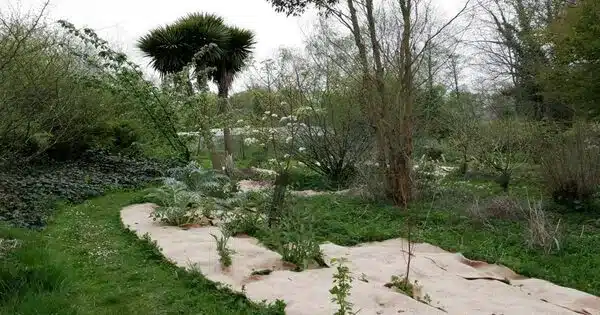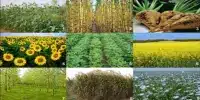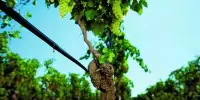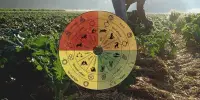Forest gardening is a low-maintenance, sustainable plant-based food production and agroforestry system based on woodland ecosystems, integrating fruit and nut trees, bushes, herbs, vines, and perennial vegetables with direct human-use yields. It is a sustainable land management method that produces food, medicine, and other useful goods while mimicking the structure and function of a natural forest ecosystem. It is a low-maintenance agricultural system that incorporates features of agroforestry, permaculture, and traditional farming practices.
The basic goal of forest gardening is to produce a productive and resilient ecosystem that requires as little human intervention as possible over time. These can be intermixed to develop in a succession of layers to create a woodland habitat using companion planting. Forest gardening is an ancient method of obtaining food in tropical environments. After modifying the techniques and applying them to temperate settings, Robert Hart invented the phrase “forest gardening” in the 1980s.
Key principles and components of forest gardening include:
- Vertical Layering: Forest gardens, like actual forests, are built with numerous layers of plants. Tall canopy trees, smaller understory trees, shrubs, herbaceous plants, ground cover, and root crops are common in these levels. Each layer performs different functions and produces different results, resulting in a diverse and productive system.
- Polyculture: Forest gardens encourage the establishment of a diverse range of plant species as opposed to monocultures. This diversity reduces pest and disease risk, improves nutrient cycling, and maximizes resource use efficiency.
- Perennial Plants: The bulk of the plants in a forest garden are perennial, which means they will live for several years or more. This decreases the need for annual replanting and soil disturbance, hence maintaining soil health and stability.
- Self-Sustaining Ecosystem: Forest gardens are designed to be self-sustaining over time. Once established, they require minimal inputs such as irrigation and synthetic fertilizers. Natural processes, like nutrient cycling and pest control, are allowed to occur within the ecosystem.
- Functional Diversity: Plants are selected for their multiple functions within the ecosystem. For example, they may provide food, medicine, habitat for beneficial insects, nitrogen fixation, or support for climbing crops.
- Mulching and Soil Improvement: Mulch is often used to cover the soil surface, mimicking the forest floor and reducing weed growth. It also helps improve soil structure and moisture retention.
- Succession Planning: Forest gardens are planned for the long term, and some plants may take years to mature. Gardeners must examine shifting ecosystem dynamics and plan for future growth and interactions.
Forest gardening is a holistic approach to land management that promotes biodiversity and ecological resilience while providing a sustainable supply of food and other resources. It is a versatile and promising method for sustainable agriculture and land use because it can be applied to many climates and regions.















